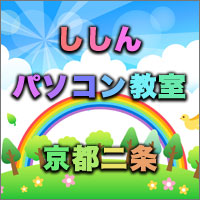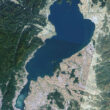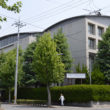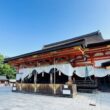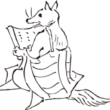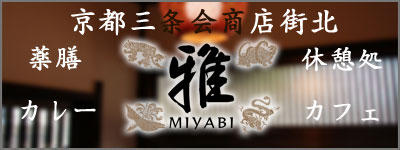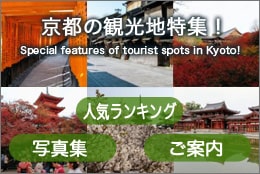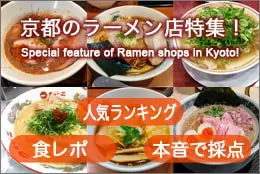Aoi Festival
Posted date:2023-05-11Author:じゅうべい(Jubei) Transrator:ポンタ(Ponta)
Category:Talk about Kyoto
広告
adsense4
“Wow! It’s great, father. The procession of people wearing costumes of Heian dynasty is continuing to far end. “
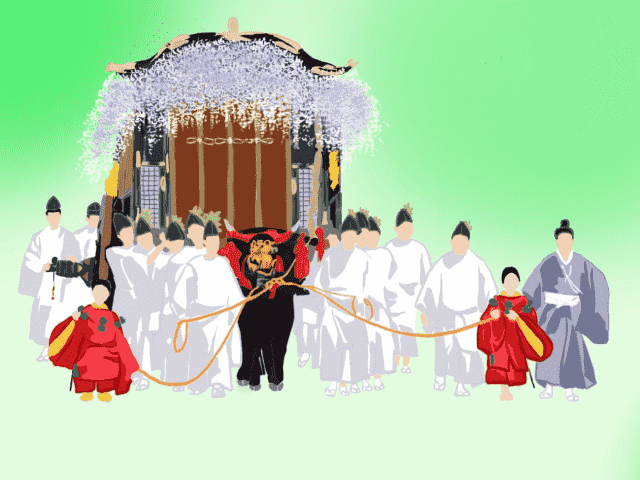
Today, May 15 is the day when Aoi Festival, one of the three largest Kyoto Festivals will take place. I was now watching with my child the Heian procession departing from Kyoto Gosho.
The “Roadside Ceremony” is performed by the emperor’s envoys on their way to the shrines of Shimogamo and Kamigamo.
The procession of people wearing the costumes of Heian nobles is just the highlights of Aoi Festival.
“Hey, father, what is the Aoi Festival anyway? Why did this festival begin to take place in Kyoto?”
Aoi Festival, it is a regular festival of Kamo-mioya Shrine (Shimo-gamo Shrine) and Kamo-wakerai Shrine (Kamigamo Shrine) and was originally a festival held about 1,500 years ago to honor the Kamo gods and pray for a good harvest.
The time is in the period of Kinmei Emperor. There was a time when a great famine and pestilence spread because Kamo no Okami had cursed the area, and a great deal of trouble occurred as the wind and rain continued and the five grains did not produce any crops.
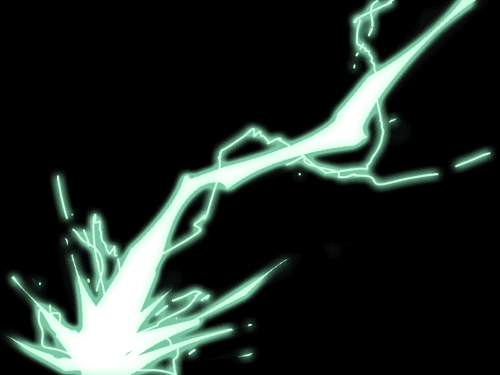
“I see. So it was originally an event to honor the great god of Kamo.”
Yes, it was. For that reason, it was called the Kamo Festival at first, and it is since Edo era when it was got to called Aoi Festival.
“Why was it got to call Aoi Festival?”
Actually, the Kamo Festival was discontinued for about 200 years from 1502 because the expenses for the festival increased for various reasons. The festival was revived in the Edo period (1603-1867), and from that time on, Futaba-Aoi (two-leaf hollyhocks) began to decorate the noren (bamboo blind) and oxcart in the Imperial Household Hall at the inner imperial palace. It is why it got to be called Aoi Festival.
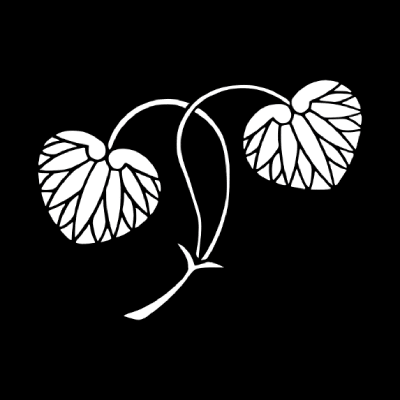
“Why did they start decorating with Futaba hollyhocks?”
Futaba hollyhock used in the festival, it is called “Aoi Katura” or “Kikkei” and made by twisting a branch of Katura with a leaf of Futaba-Aoi, the sacred emblem of Shimogamo Shrine and Kamigamo Shrine. And the hollyhock was also the crest of the Tokugawa Shogun’s family, and it was sometimes presented to the Shogun before the festival because of the importance the Shoguns attached to this festival. And since around this time, it began to be called Aoi Festival.
“I see! The name of Aoi Festival is derived from the sacred emblem of the Shrines and the crest of Tokugawa Shoguns.”
adsense2
“Oh, look, father, a beautiful lady is there.”
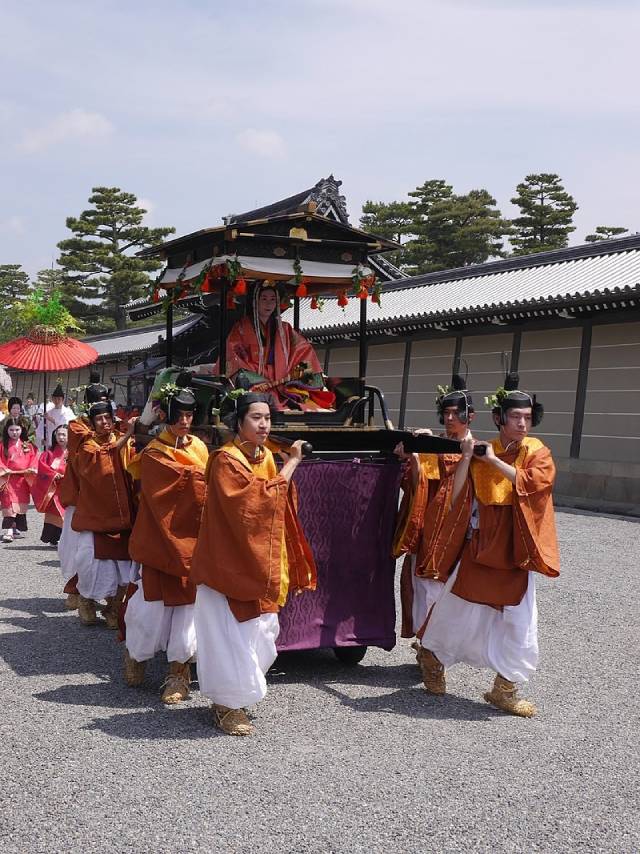
My child’s gaze is drawn to a beautiful woman dressed in a five-costume karaginu and riding in a palanquin called a oyoyo.
Oh, that woman is they call Saio-dai. She is the heroine of Aoi Festival.
“Who is Saio-dai?”
A Saio-dai is a person who acts on behalf of the Saio. The Saio is an unmarried Naichinou (daughter of the emperor) who served in the upper and lower houses of the imperial family. It was established after Emperor Saga prayed to the deity Kamo for victory during the Yakuko Incident in 810, and unmarried women of the royal family (daughters of the emperor), called Naichinou, served at the festival as “Saio.” By the way, “sai” means to purify one’s body and soul, and to worship the gods by eating, drinking, and other activities.
But the Saio died out in the Kamakura period. However, in 1956, the Saio-dai and the women’s procession were revived as part of the “rito-no-magi” ceremony to liven up the Aoi Festival. And since they were chosen from unmarried women living in Kyoto, they came to be called Saio’s deputies, or Saio-dai.
The procession then arrives at the Shimogamo and Kamigamo shrines, where the “Shakashira Ceremony” is held.
“I was surprised to learn that the Aoi Festival has a long and deep history. It’s great! Let’s come to see it again next year, father.”

Aoi Festival
- Taking place on May 5 every year. Departing from Kyoto Gosho (nearest station is Kyoto Municipal Subway Marutamachi Station) at 10:30 and arriving at Shimogamo shrine and Kamogamo shrine at 11:40 and 15:30 respectively.
- In the case of rain, there may be postponement. (Please click the following URL for more information.)
- Aoi Festival information URL:https://ja.kyoto.travel/event/major/aoi/
- Photo of Saio-dai and the crest of Futaba-Aoi are transferred from Wikipedia.
Author
じゅうべい(Jubei)
Hello everyone. I am Jubei, an earthling whose energy does not stop today. What I like is playing (manga, movies, music (J-Rock, etc.) and visiting cafes). Thank you for your understanding.
